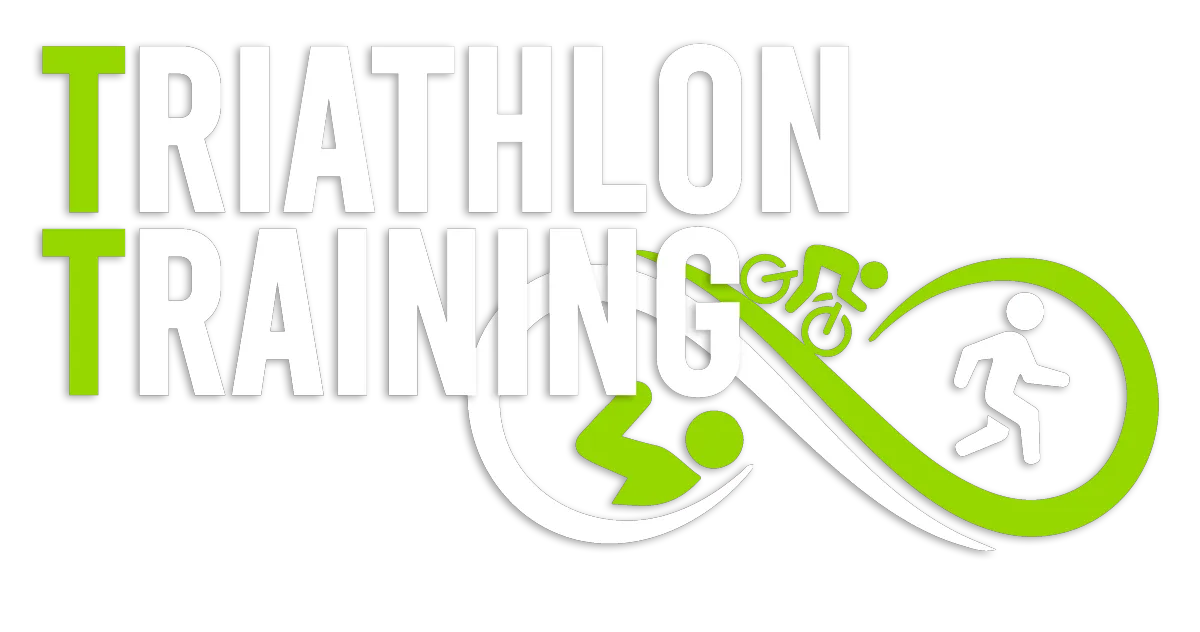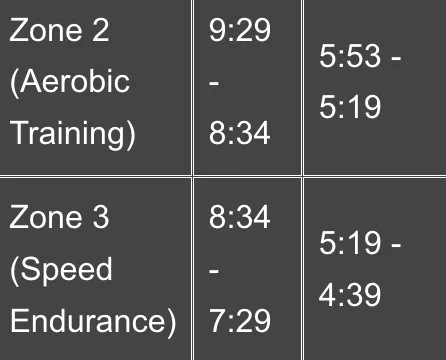
Run benchmark test - why and how?
Establishing Baseline Performance
This test is designed to assess your current running ability, focusing on aspects like speed and endurance. It's important to know your starting point in running because it helps you see where you are in terms of fitness and running capability.Understanding your initial running performance is essential for setting achievable goals and creating a training plan that's right for you.
Tailoring Training Zones
The results of the run benchmark test are used to establish specific training zones for running. These zones guide the intensity and pace of your run workouts. Training zones are important because they ensure your running sessions are effective. They help you train at a pace that's challenging enough to improve your fitness but not so hard that it leads to overtraining or injury.
Measuring Improvement
Repeating the benchmark test over time lets you see how much your running has improved. This is a great way to track your progress throughout the training program. Seeing improvement in your run times can be very motivating. It also provides valuable feedback about the effectiveness of your training plan, letting you know if adjustments are needed to keep improving.
The run benchmark session
The test consists of a warm up, and then one timed effort of 5k. Your time and average heart rate should be measured.
The benchmark interval is 5k. This distance is chosen because it's long enough to test endurance but short enough to maintain a higher intensity.
The interval should be a maximal effort.
As pace is measured, a flatter, faster course is recommended. Also, 5k races are good for benchmarking due to the extra 'competitive edge' that they can provide.

Running Pace and Training Zones Calculator
Heart Rate Zone Calculator
Your results
Once you have completed the benchmark test you will have the following results.
Time taken to complete the 5k test
Average heart rate for the 5k test
Threshold pace.
Threshold pace is essentially the pace that a runner can maintain for around an hour. It's a benchmark measure of a runners endurance and fitness level. However, since maintaining a maximum effort for a full hour is quite challenging and impractical for testing purposes, shorter tests (like the 5k effort) are commonly used to estimate your threshold.
Calculating your Threshold from your results
Threshold pace would usually be 10-20 seconds per mile slower than your 5K pace.
In the calculator, enter the time it took you to complete your 5k. You will be presented with three main results - the pace you ran the 5k at, your threshold pace and for interest, your estimated 10k time.
What do all the numbers mean Zone 2, 9:29-8:34 etc?
Don't worry, its not as complicated as it looks! These are your run pace training zones. Lets take a look at an example:

Here we have a couple of rows from the results table. Quite simply, your training session will give you instructions such as run for 2 x 10mins in zone 3. You then aim to hold your pace between 9:29 and 8:34 minutes per mile (or 5:19 to 4:39 per kilometre). These zones can usually be programmed into a watch or bike computer to help you keep track.
Training in zones this way allows you to ensure your training sessions are effective and based exactly around you, your ability and goals.
Heart rate zones
Heart rate training zones are useful as a backup if you don't have access to a means of measuring your pace while running, or as a complimentary tool to sit alongside your power numbers.
Your heart reacts to the effort level you are exerting an it can therefore be used in training too. Unlike pace however, heart rate is slower to measure effort changes and is also affected by other things like temperature, hydration levels and more..
To calculate your heart rate zones, simply enter your average heart rate into the second calculator and you will be presented with your zones in a similar format to pace.
How do I keep pace?
GPS Watches - You will need to have a way of measuring things like speed, pace and heart rate. Brands like Garmin and Wahoo are the usual go-to's here.
If you are a Do3 Coached athlete or on one of our training plans, make sure your device can be uploaded into their own software and then across to TrainingPeaks for review. For info on our great plans - click here!